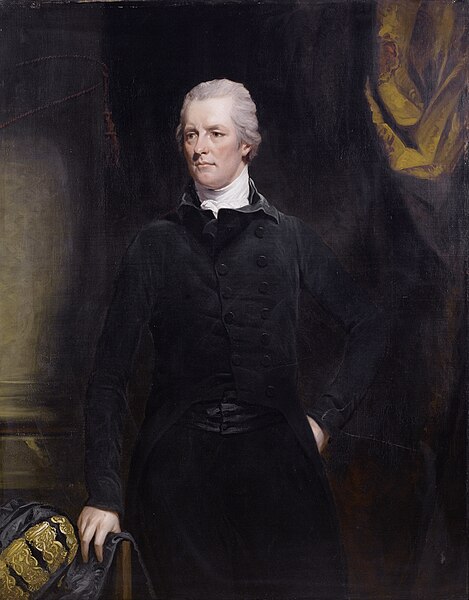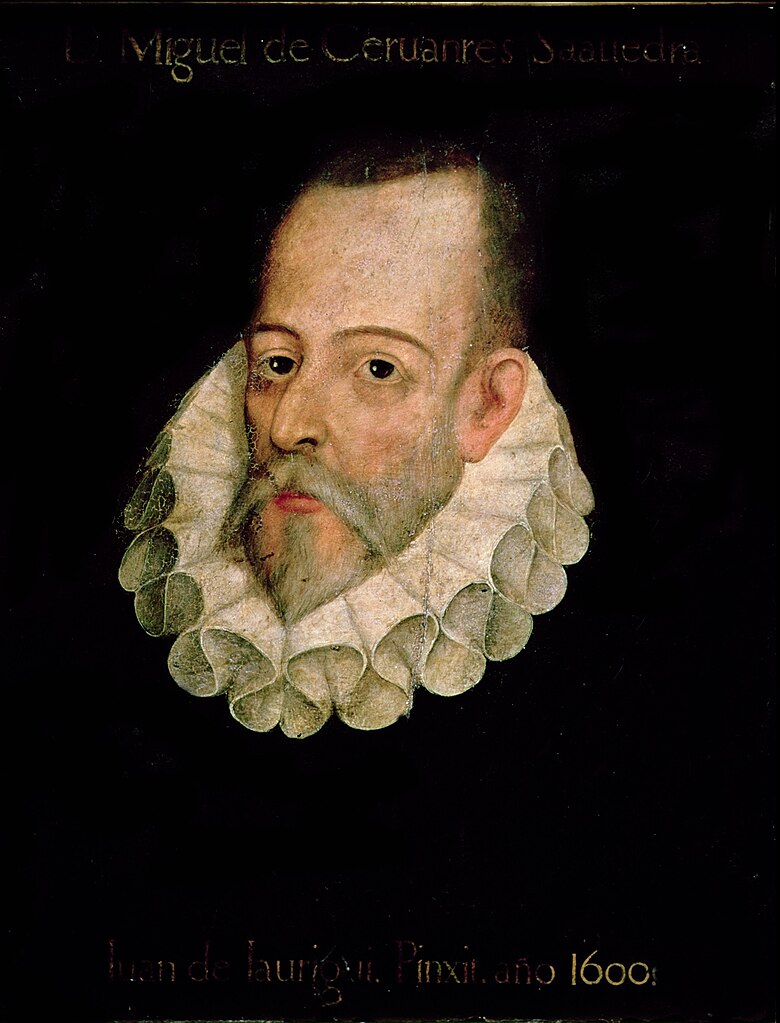|
|
Post by Woland on Apr 25, 2020 10:48:02 GMT -5
Helene Charlotte de Berquely-Richards was born to a Hungarian mother and English father in 1908. Her mother later married the British writer Grant Richards who adopted her. Helene herself was married 3 times before she died in 2004. This portrait by Philip de Laszlo was done in 1935.
|
|
|
|
Post by Woland on Apr 25, 2020 11:28:44 GMT -5
Pauline de Broglie was married to the 28th Prime Minister of France, known to be an intelligent yet extremely shy woman. She was painted here by Jean Auguste Dominique Ingres at 28 years of age, a few years later she contracted tuberculosis and died at age 35. Her husband never remarried.
|
|
|
|
Post by Woland on Apr 25, 2020 12:54:29 GMT -5
Anton Chekhov was a legendary playwright and short story writer. Born in Taganrog in southern Russia, he studied medicine while writing lots of short sketches under a pseudonym. He also suffered from tuberculosis but kept this secret from his nearest and dearest, cutting his life short at just 44 years of age.
|
|
|
|
Post by Woland on Apr 25, 2020 13:00:14 GMT -5
Louis Pasteur was the French microbiologist of the 19th century, responsible for his work on vaccination, diseases and germ theory. Today he's considered as the Father of microbiology. the process of "pasteurisation" is named after him.
|
|
|
|
Post by Woland on Apr 25, 2020 14:03:09 GMT -5
Pope Innocent X trained as a lawyer before working his way through the ranks to become Pope from 1644 until his death in 1655. During his time he condemned Jansenism and secretly backed an Independent Ireland during the English Civil War. He's now most famous for this portrait by Spanish artist Diego Velazquez.
|
|
|
|
Post by Woland on Apr 25, 2020 14:12:46 GMT -5
Isabella of Portugal was born in 1503, the oldest daughter of King Manuel I. Her first cousin Charles of Castille was initially linked with Mary Tudor for a political alliance with England, only he couldn't wait for her to come of age so he married Isabella. Charles became Holy Roman Emperor with Isabella as Empress. She always suffered with health, her numerous pregnancies and time away from Charles only exacerbated her health. In 1539 she died after childbirth. Charles was so distraught he locked himself in a monastery for 2 months, he never recovered from her death. This portrait was made by Titian in 1548.
|
|
|
|
Post by Woland on Apr 25, 2020 18:54:39 GMT -5
Tsar Alexander II acceded to the throne in quite dire circumstances: Russia was losing the Crimean war, the Empire was in need of massive reform in several areas. Alexander's "Emancipation of the Serfs" earned him the moniker of Alexander the Liberator", however the execution of his imperial decree pleased nobody: things barely changed on the ground for the peasants, while the more radicalised members of society felt the reforms didn't go far enough. Alexander was also forced to put down an uprising in Poland and go to war in the Balkans in 1877. Meanwhile the assassination attempts against him grew in number, until in 1881 the "People's Will" finally assassinated him via bomb. This portrait of Alexander was painted the year of his murder.
|
|
|
|
Post by Woland on Apr 26, 2020 13:36:26 GMT -5
William Pitt the Younger followed his father's footsteps into 10 Downing Street: he became the youngest Prime Minister at just 24 years of age in the same year the American Revolution concluded. In such testing times with such youth he was expected to be a stop-gap Prime Minister; he stayed in charge for 17 years (and that was just his first stint as PM). During that first stint he reduced the national debt, oversaw the first convict arrivals in Sydney, reorganised the East India Company and had to deal with the French Revolutionary wars. He was also a key role in reforming the civil service to respond to the war against Napoleon, his financial talent also ensured the United Kingdom could finance the war more fluidly than France. After being replaced by Henry Addington for 3 years William Pitt returned as Prime Minister once again, only lasting less than 2 years until his death in 1806. Pitt suffered from gout and poor health all his life, an addiction to Port along with spending almost 2 decades as Prime Minister and Chancellor of the Exchequer wouldn't have helped his stress levels either. Pitt the Younger is now considered one of the greatest Prime Ministers the country ever had, negotiating a tough period when the Empire lost the American Colonies and had to deal with Napoleon on the continent.
 |
|
|
|
Post by Woland on Apr 27, 2020 8:54:58 GMT -5
John Aislabie was born in North Yorkshire, his dad's side were farmers, his mother's side were politicians. John studied at Cambridge, inheriting his mother's estate of Studley Royal upon her death. John became an MP for Ripon, gradually worked his way up to become Chancellor of the Exchequer in 1718. He was an instrumental figure in the South Sea Company and the eventual bubble which; after an investigation found he received £20,000 to promote the company, he was expelled from Parliament and imprisoned in the Tower of London. Upon his release he retired to his estate of Studley Royal, developing the English landscape garden. His son William would continue his father's work on the garden, purchasing the nearby ruins of Fountains Abbey. The Garden is now a UNESCO world heritage site.
|
|
|
|
Post by Woland on Apr 27, 2020 16:09:23 GMT -5
Not much is known of Miguel de Cervantes Saavedra's early life, in 1569 he was forced to leave Madrid following a duel. He got a job in Rome with a bishop, then moved to Naples to work under the military commander there. In 1571 he went aboard the Marquesa ship to participate in the Ottoman-Venetian wars: Miguel's ship was involved in the Battle of Lepanto. Afterwards he spent 6 months recuperating in hospital, he was wounded 3 times and lost use of his left arm. Further expeditions took him to Tunis, Corfu and Navarino, but in 1575 his galley was captured by Ottoman pirates, Miguel's family couldn't afford the ransom. Some evidence suggests he was held prisoner in Istanbul, forced to work on a mosque designed by legendary Ottoman architect Sinan. Released in 1580, Miguel worked odd government jobs while still getting into financial trouble. Inbetween he wrote plays and short stories, but from 1585 and 1605 he hadn't published anything until "The Ingenious Gentleman Don Quixote of La Mancha" was published, a second volume was published 10 years later, now the book is considered a cornerstone of Western Literature and one of the greatest works of literature. He died on April 22nd 1616, one day before William Shakespeare.
 |
|